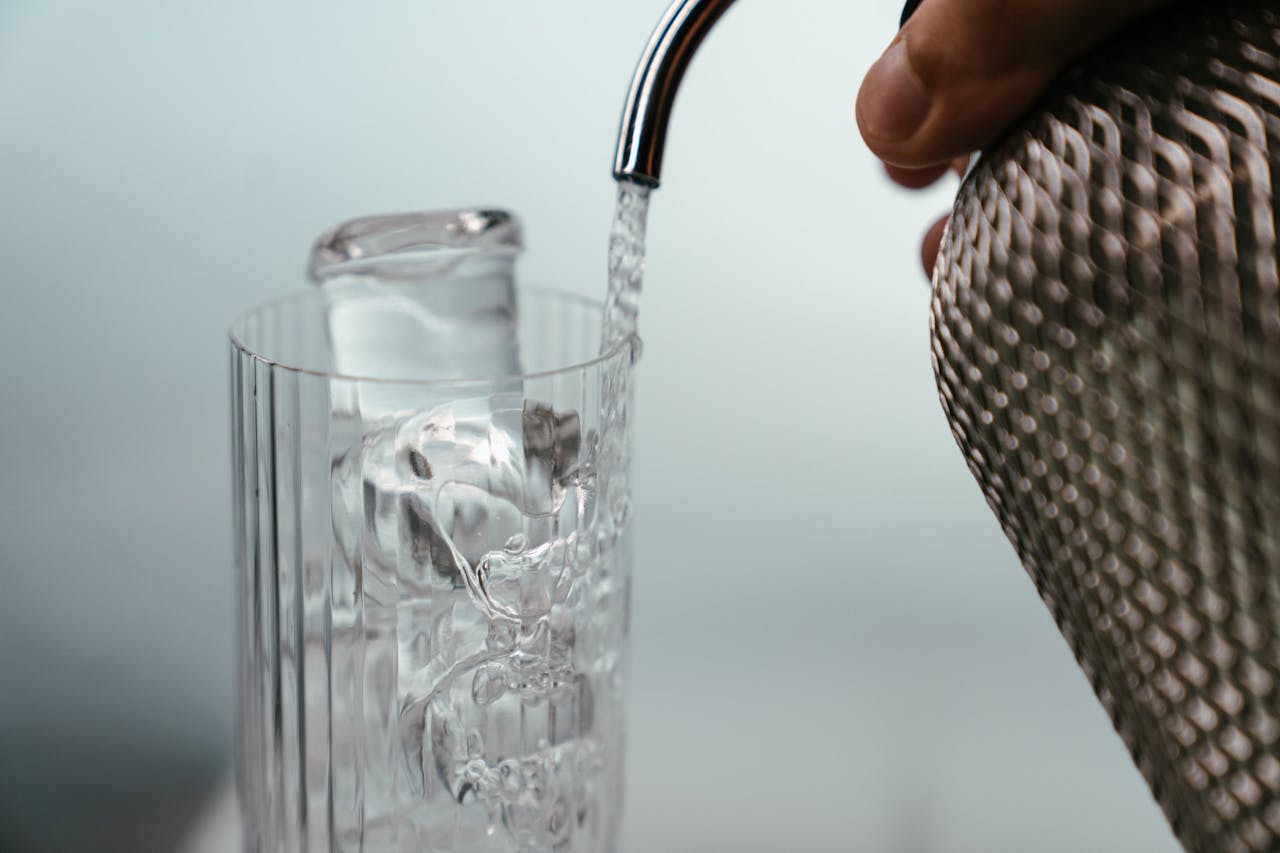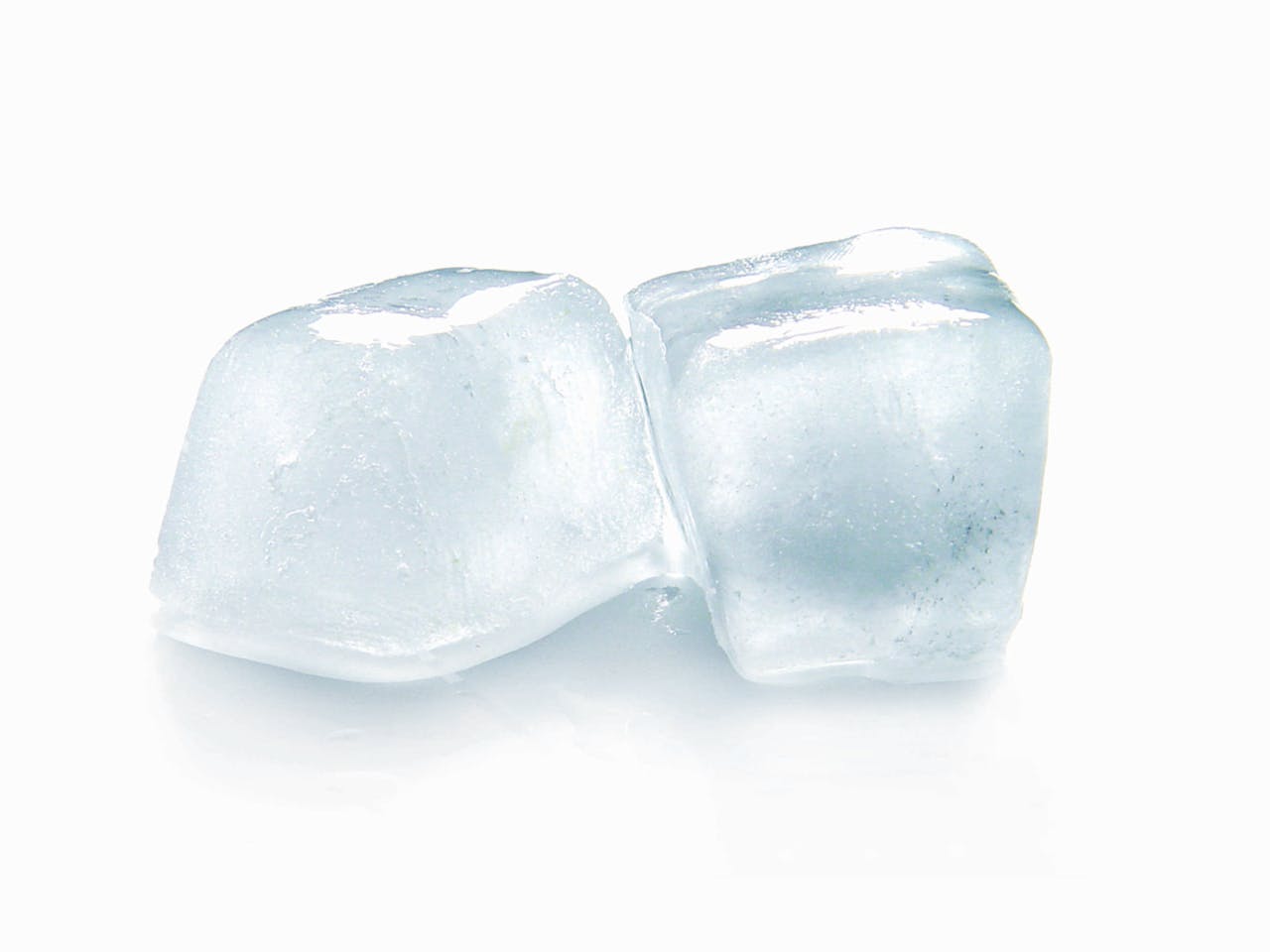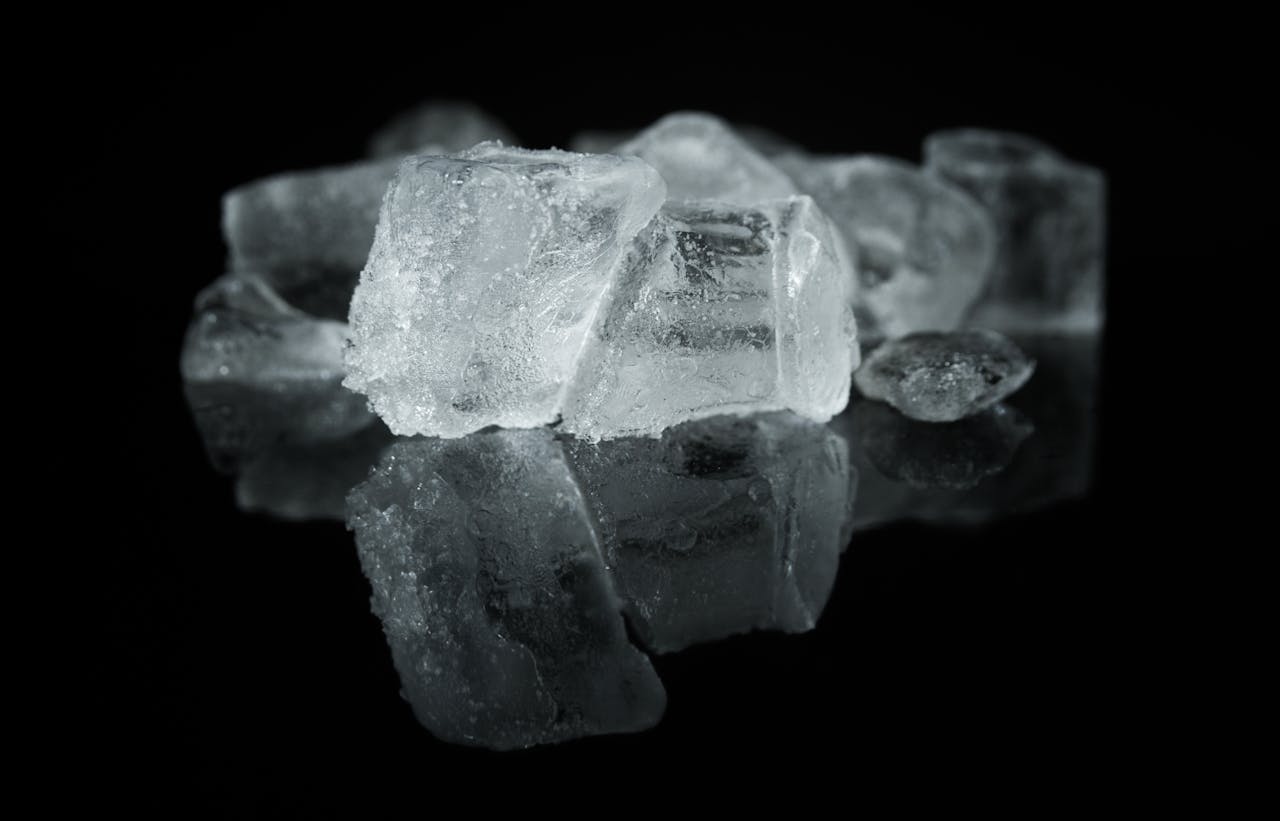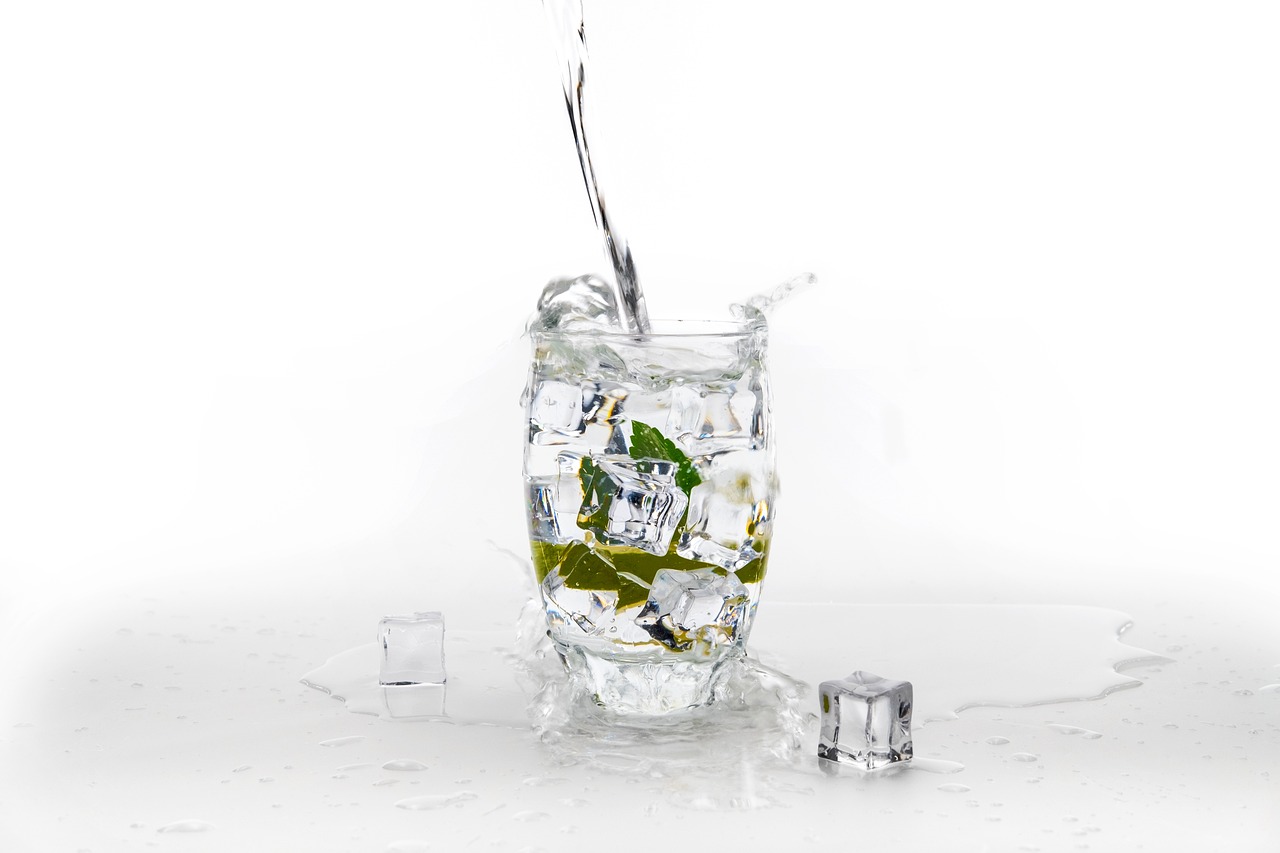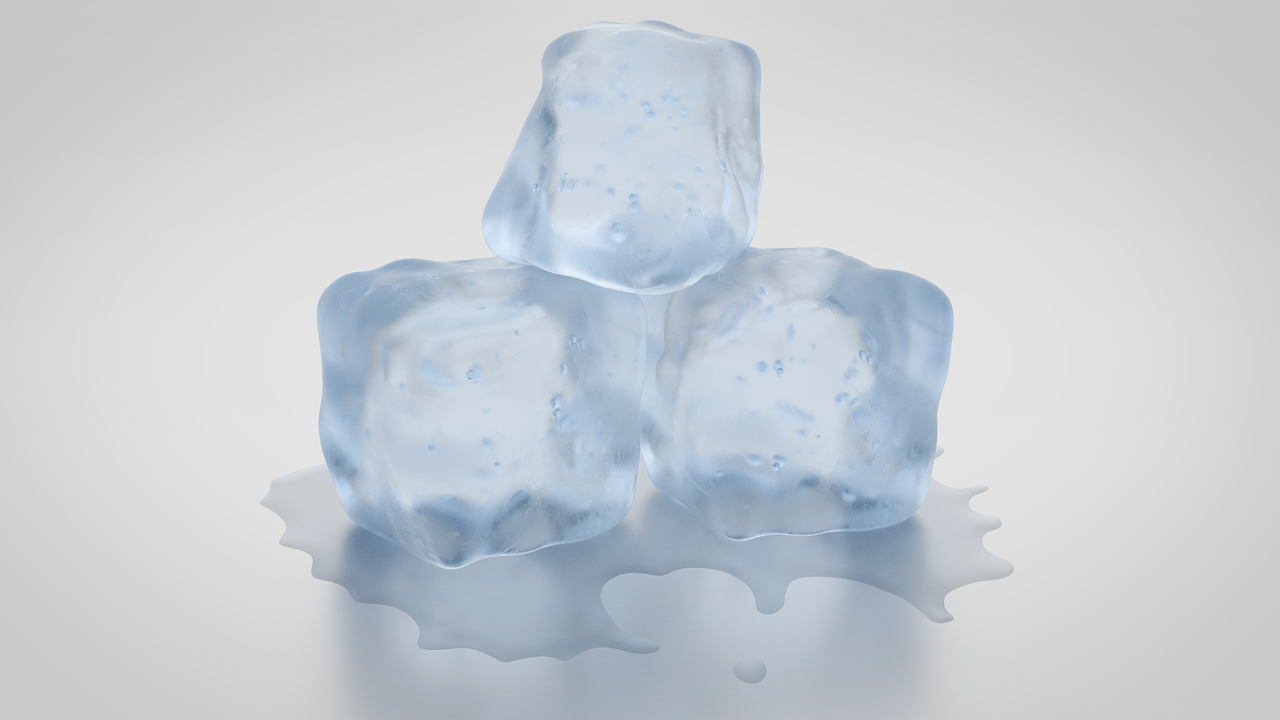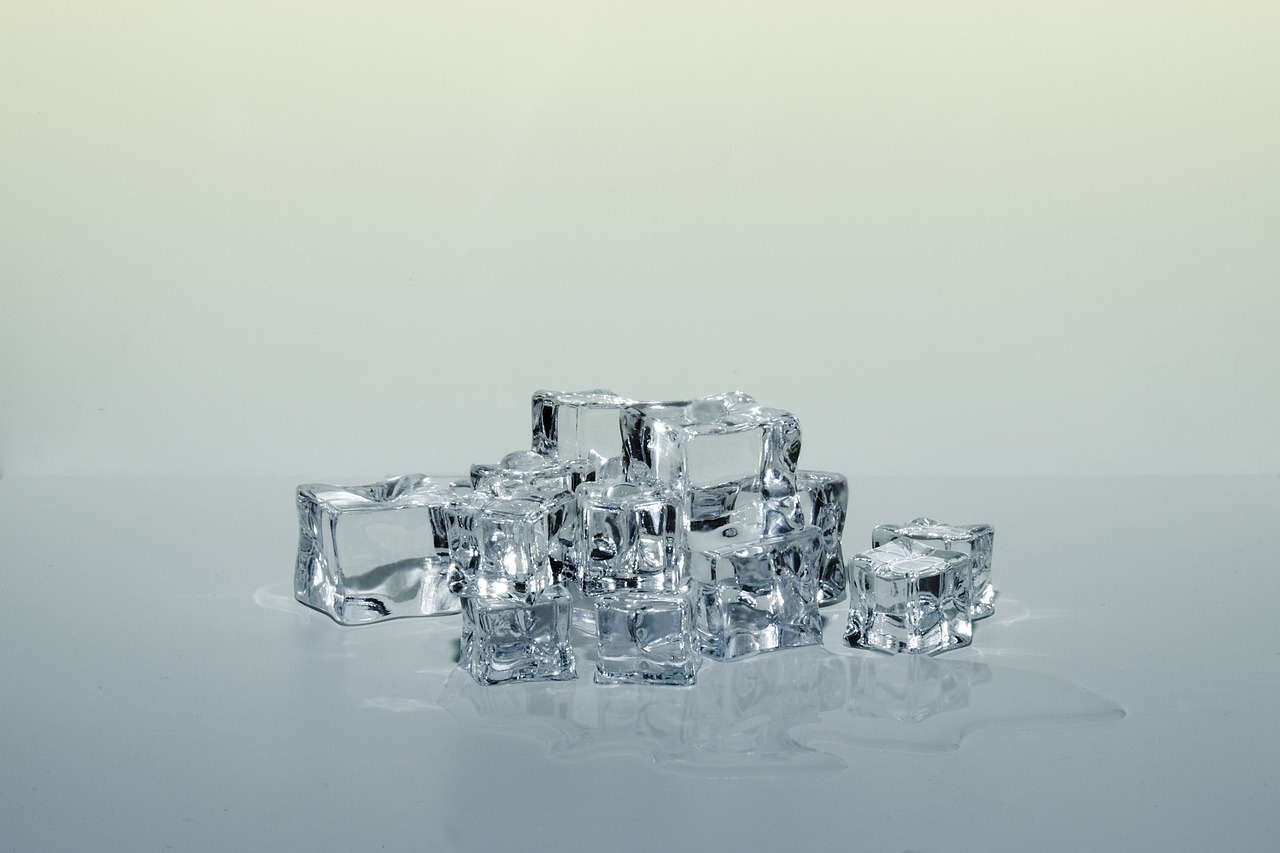An ice maker is a modern convenience that many rely on daily, especially during hot weather. Whether it’s in your refrigerator or a standalone unit, the ability to have ice readily available makes hosting gatherings or simply cooling down your drink more enjoyable. However, when your ice maker stops working, it can be frustrating and inconvenient, leaving you to troubleshoot the issue or go without ice.
There are various reasons your icemaker might malfunction, ranging from simple problems like a blocked water line to more complex mechanical failures. Some issues can easily be fixed at home, while others require professional help. Understanding the root cause is the first step toward getting your icemaker back in working order.
In this article, we’ll explore 10 common reasons why your icemaker may not be functioning properly. From water supply issues to electrical malfunctions, we’ll provide you with practical troubleshooting tips and solutions so you can either fix the issue yourself or know when to call in a professional.
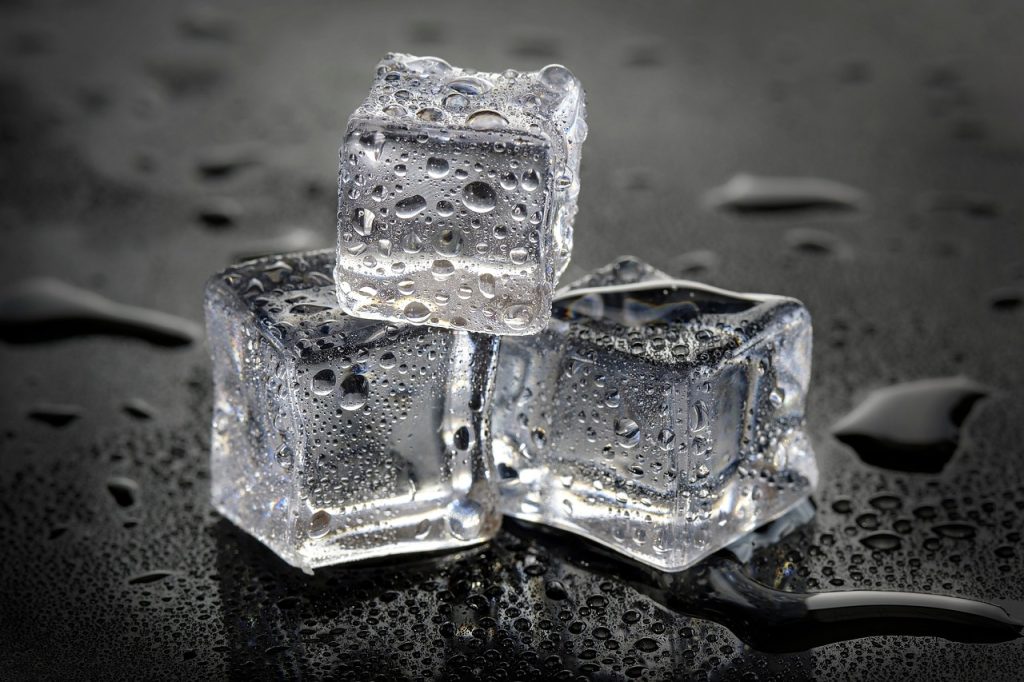
1. Blocked Or Frozen Water Line
A blocked or frozen water line is one of the most frequent reasons an icemaker stops working. Over time, water lines can become kinked or accumulate ice inside, preventing the proper flow of water to the ice maker. When this happens, the icemaker cannot produce or refill with water, leading to a lack of ice. To check if the water line is blocked, inspect it for visible kinks. If the line is frozen, turning off the icemaker for a few hours can allow the ice to thaw naturally.
To avoid future issues, ensure your freezer is set to the correct temperature, ideally between 0°F and 5°F. If you suspect that the water line is freezing due to extremely cold freezer settings, adjust the temperature slightly. Regularly inspect and maintain the water line to prevent it from kinking or freezing again.
2. Clogged Water Filter
The water filter plays a critical role in removing impurities and ensuring the water used to make ice is clean. However, over time, the filter can become clogged with sediment and debris, slowing or stopping the flow of water. This results in the icemaker producing smaller cubes or stopping altogether. A good rule of thumb is to replace the water filter every six months, though this depends on your usage and water quality.
If your ice maker is producing less ice or the cubes seem unusually small, try replacing the filter. Most refrigerator models have easy-to-access filters, making the replacement process straightforward. Regular filter maintenance not only ensures a steady flow of water but also helps maintain the quality and taste of your ice.
3. Faulty Water Inlet Valve
The water inlet valve controls the amount of water that flows into the icemaker from your home’s plumbing system. If this valve becomes faulty or blocked with mineral deposits, it may not open properly, causing little or no water to reach the icemaker. This can result in either smaller ice cubes or no ice at all. To determine if the valve is defective, you can test it with a multimeter to check if it’s receiving power and functioning correctly.
If the valve isn’t working properly, it will need to be replaced. This is a more advanced repair that may require some plumbing expertise. Replacing a malfunctioning water inlet valve can restore water flow and ensure that your icemaker resumes normal production of ice.
4. Malfunctioning Ice Maker Thermostat
The thermostat in your icemaker monitors the internal temperature and signals when ice is ready to be released from the tray. If the thermostat is malfunctioning, it may either fail to release ice or prevent the icemaker from starting the freezing cycle. This can result in an icemaker that appears to be working but doesn’t produce any ice.
To fix this issue, you can test the thermostat using a multimeter. If it’s found to be faulty, the thermostat will need to be replaced. This repair can often resolve the problem and help your icemaker produce and release ice efficiently again.
5. Low Water Pressure
Low water pressure can disrupt the entire operation of your icemaker. If the water pressure is too low, it may not be enough to fill the ice tray properly, resulting in smaller cubes or no ice at all. This can be caused by issues within your home’s plumbing system or problems with the water supply line connected to the refrigerator.
To address this, check that the water supply line is fully open and free of kinks or blockages. If you continue to experience low water pressure, it may be a plumbing issue that requires the help of a professional. Consistent water pressure is key to ensuring your icemaker produces ice at full capacity.
6. Ice Maker Switch Turned Off
Sometimes the issue with your icemaker can be as simple as the switch being turned off. Many ice makers have a power switch or lever that allows users to manually control ice production. If this switch is accidentally flipped off, or if the lever is obstructed, the icemaker will stop making ice altogether. This can often happen during routine cleaning or when rearranging items inside the freezer.
To fix this, check the position of the icemaker switch or lever. Ensure it is in the “on” position and that nothing is blocking the lever’s movement. Once the switch is back on, the icemaker should resume its normal operation, and ice production will begin again.
7. Overfilled Ice Bin
An overfilled ice bin can cause the icemaker to stop producing ice. Most icemakers are designed with a built-in safety feature that halts ice production when the bin reaches capacity. This is to prevent excess ice from being produced, which could lead to waste or even damage to the unit. When the bin becomes too full, the icemaker detects it and pauses the process.
If you notice that your ice maker has stopped working, check the ice bin first. If it’s full, simply empty some of the ice. Once space is cleared, the icemaker should automatically restart, and ice production will resume.
8. Frozen Ejector Blades
The ejector blades are responsible for pushing the ice cubes from the tray into the ice bin. However, these blades can sometimes become frozen or jammed with built-up ice, preventing them from functioning. When this happens, the icemaker may continue producing ice, but it won’t be able to eject the cubes, leading to a backup in the system.
To resolve this, turn off the icemaker and allow the blades to thaw naturally, or use a warm cloth to gently melt the ice around the blades. Regularly checking and cleaning the ejector blades can help prevent them from freezing in the future.
9. Faulty Ice Maker Motor
The motor powers the mechanical operations of your icemaker, including the rotation of the ejector blades and the filling of the ice tray. If the motor fails, your icemaker won’t be able to produce or dispense ice. This is a more complex issue and is often accompanied by unusual noises or a complete lack of activity from the icemaker.
To fix a faulty motor, you’ll likely need to replace it, which typically requires professional help. Replacing the icemaker motor can restore the functionality of your unit and ensure ice is made and dispensed efficiently.
10. Control Board Or Circuit Issues
Many modern icemakers rely on a control board or circuit system to operate smoothly. If there’s a malfunction in the control board, it can disrupt the icemaker’s ability to receive proper signals, halting ice production. Control boards can be tricky to diagnose without specialized equipment, and issues are often caused by electrical shorts or damaged wiring.
If you suspect the control board is the problem, it’s best to contact a professional technician to diagnose and fix the issue. Repairing or replacing the control board can restore the icemaker’s full functionality and prevent future operational problems.
Conclusion
A malfunctioning icemaker can be frustrating, but understanding the common causes can help you troubleshoot and resolve the issue. From simple fixes like clearing a blocked water line or replacing a clogged filter to more complex repairs like addressing a faulty motor or control board, many icemaker problems can be solved with some basic knowledge and effort. Regular maintenance and timely replacements of parts such as the water filter or thermostat can also prevent many issues before they occur.
However, if the problem persists despite your troubleshooting efforts, it’s always a good idea to consult a professional. Some malfunctions require specialized tools and expertise to fix safely and efficiently. By addressing issues promptly and ensuring your icemaker is well-maintained, you can enjoy a steady supply of ice and keep your appliance running smoothly for years to come.
Zuta Appliance Repair: Expert Icemaker Malfunction Repair For Your Berkeley Kitchen
In the heart of Berkeley, California, Zuta Appliance Repair is your trusted partner for maintaining the functionality and convenience of your home. When your icemaker malfunctions, it can disrupt your kitchen’s efficiency, especially during those hot California days. That’s why we’re dedicated to providing top-tier icemaker repair services. Our expertise ensures your icemaker is back to producing ice efficiently, preventing any inconvenience and keeping your kitchen running smoothly. With Zuta Appliance Repair, you’re not just getting a repair—you’re receiving a commitment to quality, integrity, and reliability, enhancing both your kitchen’s performance and your peace of mind.
Experience comprehensive solutions to all your icemaker issues with Zuta Appliance Repair. Our specialized services are designed to extend the life of your appliance and restore your kitchen’s functionality. Our skilled team, equipped with unmatched expertise and a friendly approach, offers cost-effective solutions that ensure long-lasting results. This is more than just a repair service—it’s about restoring convenience and comfort to your home. Choose Zuta Appliance Repair for an improved lifestyle. Contact us now at (415) 592-4633 and let us get your icemaker back to being a reliable part of your daily life, offering cool convenience and peace of mind.
Disclaimer
The materials available on this website are for informational and entertainment purposes only and not to provide legal or professional advice. You should contact your attorney or home improvement specialist to obtain advice concerning any particular issue or problem. You should not act or refrain from acting based on any content included in this site without seeking legal or other professional advice. The information presented on this website may not reflect the most current home improvement developments. No action should be taken in reliance on the information on this website. We disclaim all liability concerning actions taken or not taken based on any or all of the contents of this site to the fullest extent permitted by law.

